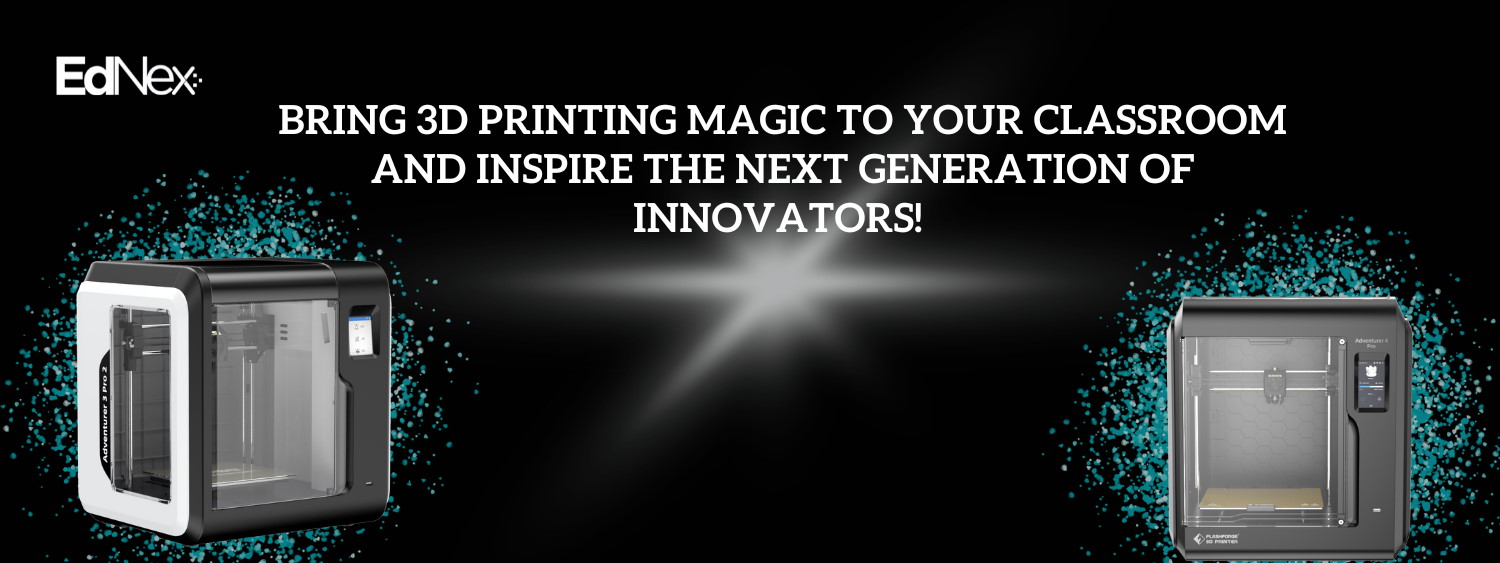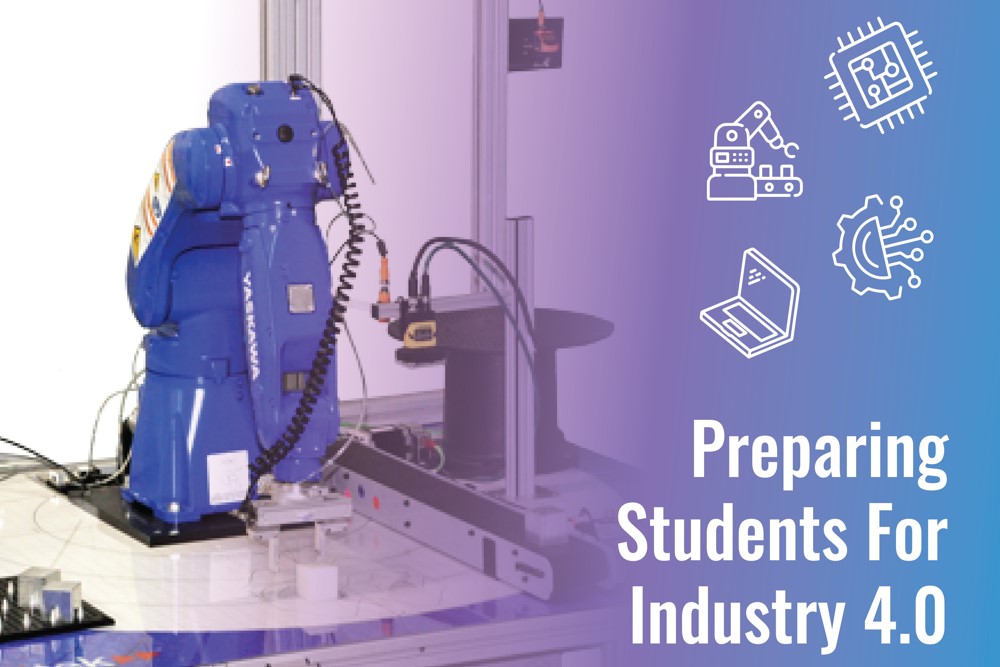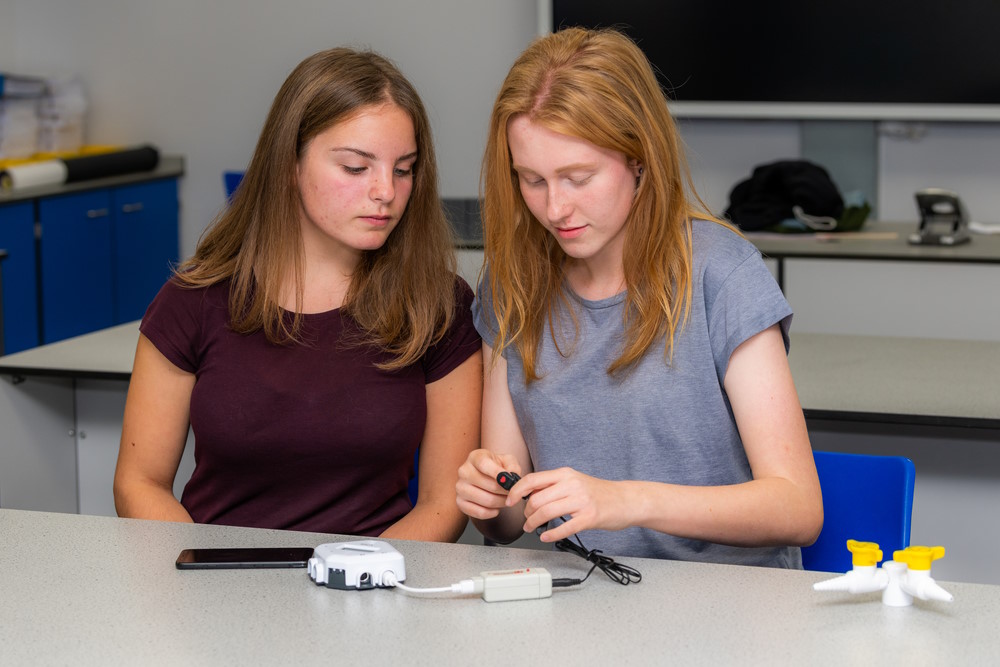
In an ideal education scenario, it is important for teachers to ensure that young learners understand and make sense of concepts. Simulation is one of the most promising tools that can be used by teachers to teach concepts effectively, especially in STEM learning.
Teachers can use simulation to help students fast-track meaningful experimentation with real STEM problems as it allows them to manipulate variables, and check instant feedback and results of their calculations. It not only keeps the excitement and engagement intact in students for STEM learning but also helps teachers use interactive, real time and responsive mode of teaching to make them understand complex concepts.
There are many benefits to using simulation in STEM learning. It can provide teachers with innovative instructional skills and approaches that are critical in the world of teaching, especially for STEM subjects. Moreover, since there are no real students involved in these exercises, teachers have the liberty to experiment more to get best learning outcomes as no harm is caused to real students.
By capturing student ideas and discussions, teachers can obtain vast student data, which can be interpreted and used to enhance learning outcomes. Teachers can create different experimental scenarios and use them in the simulation process. Facilitating discussions, encouraging students to use their life experiences within STEM classrooms – all this and more can be done without having the full complexity of traditional classroom teaching.
The Intelino Smart Train is one such progressive learning solution that uses simulations in its learning model. From multiple programming modes to standards-aligned lesson plans, it covers all the stages of K-12 STEM learning.
With Intelino’s Smart Train, educators can foster creative learning in students by simulating relatable experiments with real world problems. Younger students use screen-free activities and tactile coding to operate the trains and make them run on schedule. And the older ones use advanced tools to experiment with autonomous driving, collision avoidance, route optimisation, resource sharing and much more.
Teachers, if you’d like to find out how you can use the Intelino Smart Train to foster a passion for STEM in your K12 students, visit https://intelino.ednex.me/







Leave A Comment